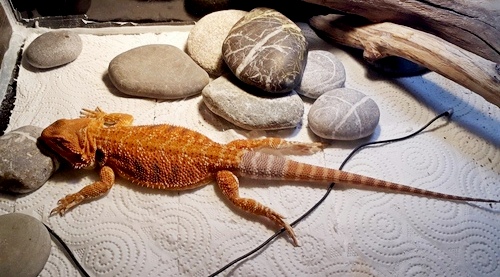Meet Our writing team, experienced veterinarians and vet technicians, animal lovers and passionate about the well-being of animals.
Expert & Researched Information On Pets
Our Dogs Articles
Our Veterinary Review Board Process
1. Written
3. Reviewed
2. Edited
4. Approved
Our Veterinary Review Board
- Anna StevensonDr. Anna is certified, professional Veterinary Doctor. She have been a practicing Veterinarian for more than 2 years. She loves to write and educate pet owners about proper care and healthy lifestyles for their pets.
- William My name is William C. Chin and I am a writer and marketer for the pet industry. I have worked as a freelance writer and blogger as well and have been lover of all animals since my childhood.









